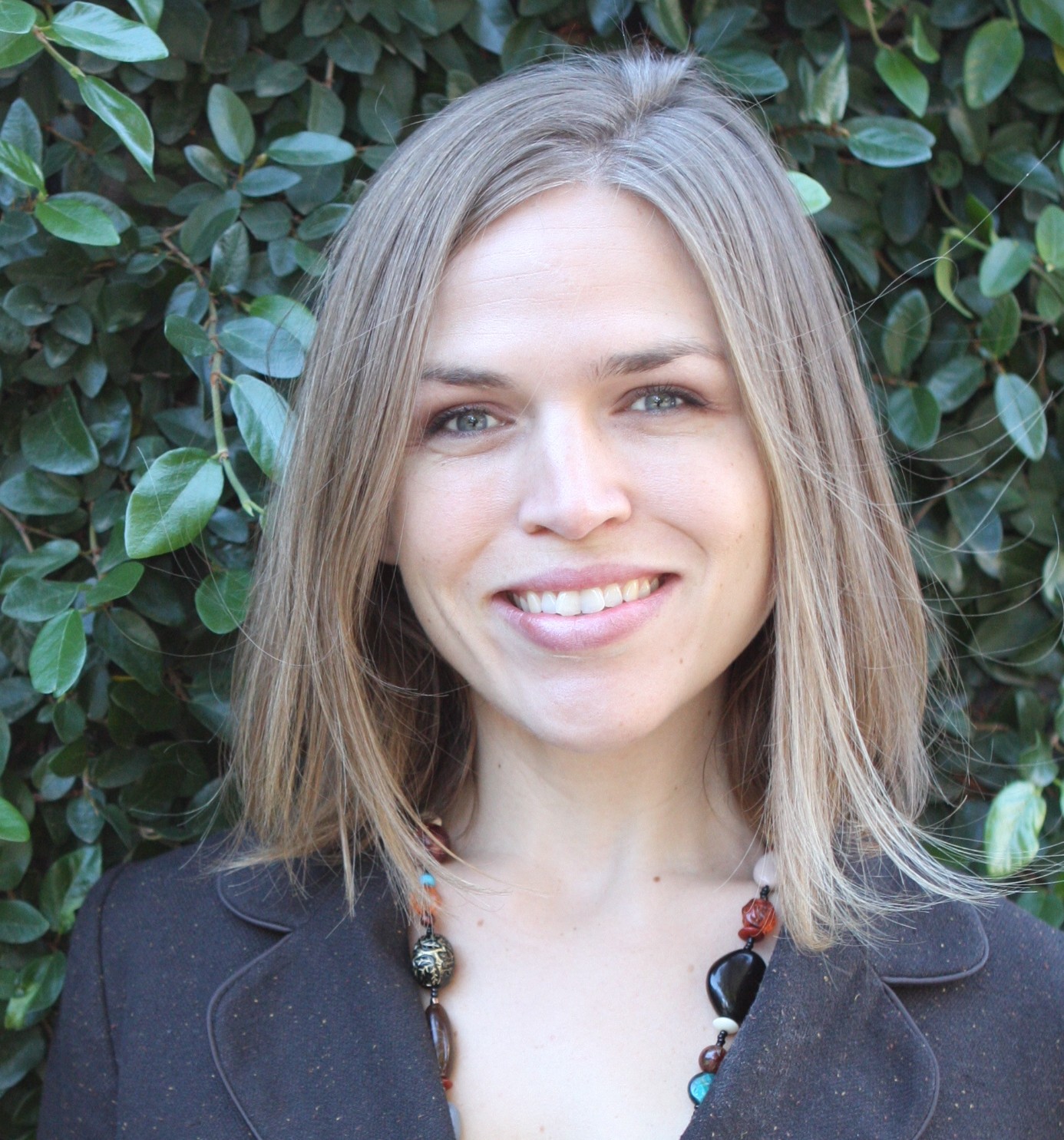When a parent asks their child, “What did you do in therapy?” and they describe an hour of play, questions undoubtedly arise. What is going on there? What are you paying for?
Play is the language of children. Their minds do not yet have the abstract ability to evaluate what has happened or how they are feeling and put it into reflective language. A child can more efficiently and effectively show me her anxiety by having something scary happen in her play which she doesn’t know how to stop or fix, than if I were to look her in the eye and ask her to tell me what her worries are.
That being said, kids are also great at learning practical strategies and concrete information about how their bodies and feelings interact. Most kids who are anxious or struggling could benefit from learning how to relax their bodies and minds, and also how to recognize and stop unhelpful thoughts from creeping in and getting them upset. This is a valuable and critical part of therapy, but first I need to correctly understand what is happening inside.
Play is the gateway to the thoughts and feelings of children; it is not inconsequential or frivolous. In fact, parents should be encouraged that when you play with your children, you are doing so much more than entertaining. You are helping to form brain structures, memories, and language that will serve them well. It is also often the case that having a parent come join us in play during a therapy session is just the thing that is needed.

